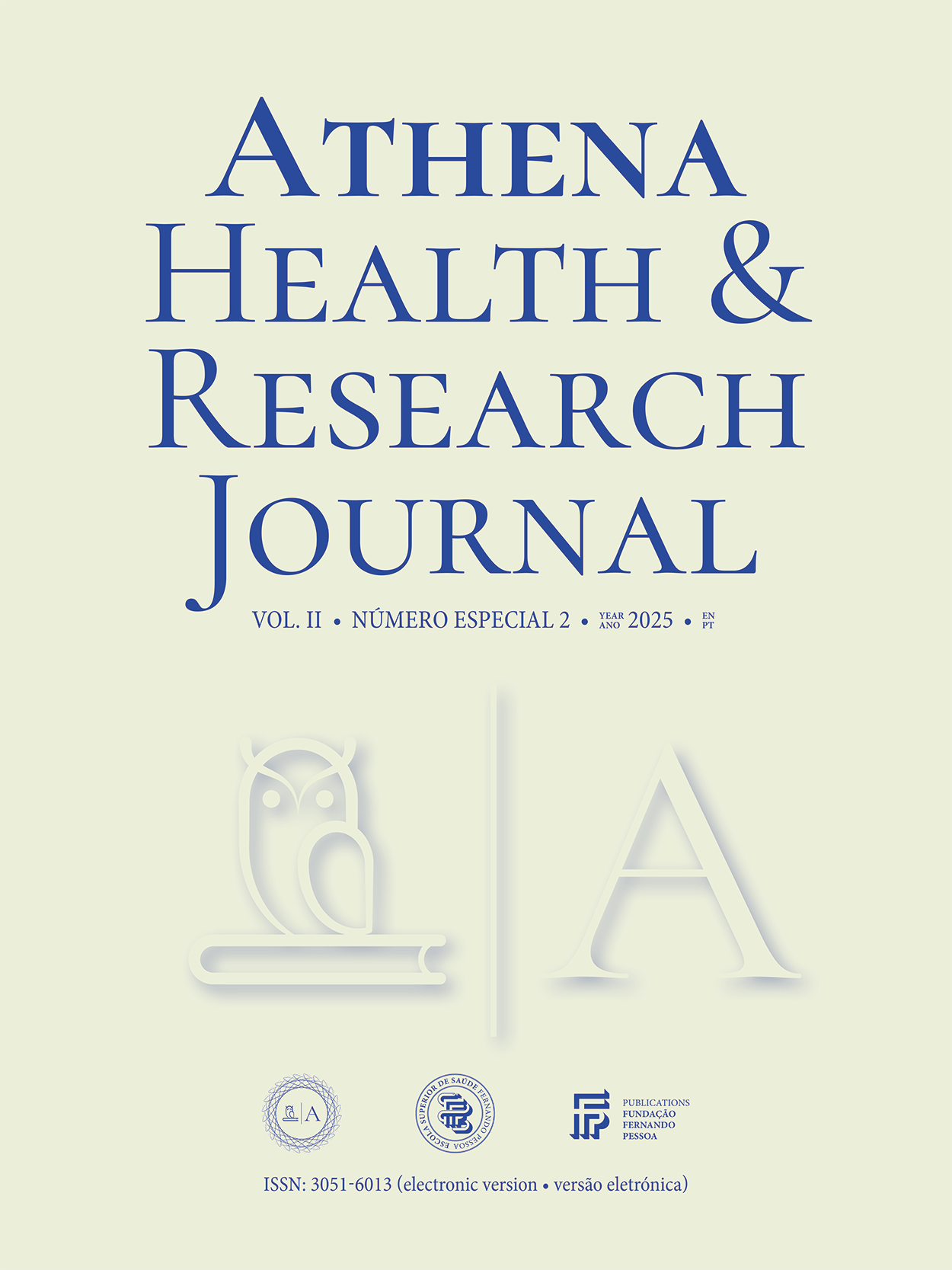Facial rejuvenation in a patient aged 50+ using multiple orofacial harmonization techniques: a clinical case
DOI:
https://doi.org/10.62741/ahrj.v2iSuppl.%202.113Keywords:
orofacial harmonization, facial rejuvenation, botulinum toxin, hyaluronic acid filling, PDO threads, collagen biostimulatorsAbstract
Introduction: The face is an anatomical unit of great aesthetic and functional relevance, playing a central role in facial harmony, individual expressiveness, and the perception of orofacial esthetics, where the aging process becomes most evident.
Objective: To illustrate a clinical case of facial rejuvenation in a 51-year-old female patient using different orofacial harmonization techniques. The aim was to achieve natural and harmonious results through a sequential and individualized therapeutic approach.
Methodology: The treatment was performed as part of the Facial Harmonization Course at Face Design Academy® in partnership with Instituto de Reabilitação Oral do Norte Education.
Results: This clinical case describes the therapeutic approach in a 51-year-old female patient who reported dissatisfaction with her aged facial appearance and a constantly tired and saddened expression. Although healthy, the patient was a smoker and had never undergone any previous facial esthetic procedures. After a detailed anamnesis and comprehensive facial assessment, a diagnosis was established, and an individualized treatment plan was designed to promote three-dimensional facial restructuring by sequentially addressing the different anatomical planes, ensuring a harmonious and natural outcome.
Discussion The facial aging process results from the complex interaction between intrinsic factors, such as genetic predisposition, production of reactive oxygen species, and hormonal changes (with estrogen levels peaking in the mid to late 20s in women, then decreasing by 50% by the age of 50, and dropping even further after menopause), and extrinsic factors, including skin damage and the cumulative impact of lifestyle choices such as excessive sun exposure, smoking, and poor nutrition. The combination of these factors leads to reduced skin thickness, sagging, and wrinkle formation.
Conclusions: Facial aging is an individual process resulting from the interaction between genetic and epigenetic factors. For effective therapeutic planning, it is essential to understand the morphofunctional changes that occur in the different anatomical layers of the face throughout the aging process, including bone structures, subcutaneous tissues, musculature, and skin.
References
NA
Downloads
Published
Issue
Section
License
Copyright (c) 2025 Athena Health & Research Journal

This work is licensed under a Creative Commons Attribution-NonCommercial 4.0 International License.
Copyright of published papers is assigned to the Journal, but all content is licensed under the terms of Creative Commons Non-comercial 4.0 International License. Thus users are allowed to read, download, copy, distribute, print, search, or link to the full texts of the articles, or use them for any other lawful purpose, without asking prior permission from the publisher or the author. This is in accordance with the BOAI definition of open access.














